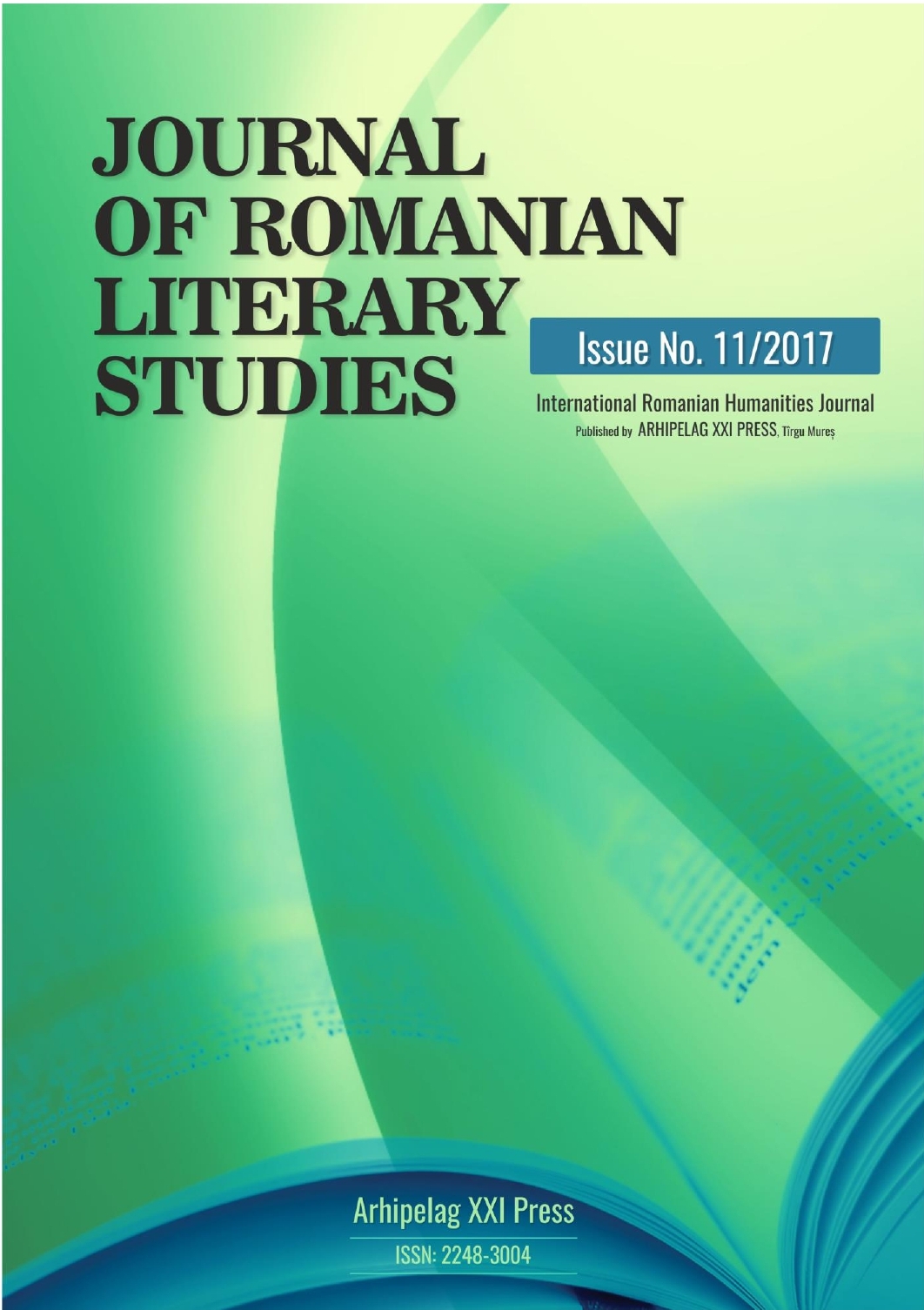LA LANGUE DANS ”A LA RECHERCHE DU TEMPS PERDU” DE MARCEL PROUST
THE LANGUAGE IN "IN SEARCH OF LOST TIME" BY MARCEL PROUST
Author(s): Anca Lungu GavrilSubject(s): Applied Linguistics, French Literature, Translation Studies, Theory of Literature
Published by: Editura Arhipelag XXI
Keywords: Proust; language; character; style; idiolect;
Summary/Abstract: The article is part of a research about translating the Proustian idiolect into Romanian and views at identifying general characteristics of the French the Combray author used in order to create characters, to translate a vision on the world and to depict an age that thus remained forever frozen in the mind of his readers. The novelist experienced language under various shapes, as a reader, as a translator, as an imitator, as a journalist. Our findings are based on famous works written by well-known Proust researchers such as Jean-Yves Tadié, Annick Bouillaguet, Jean Milly, Leo Spitzer, Gerard Genette, Sylvie Pierron and others. We mainly looked into bibliography about language, style, registers and Proust expression to organize the innumerable lexical units forming the huge text represented by À la recherche du temps perdu, with specific paragraphs to the importance given to language inside the novel. Thus, language is one of the major themes, if not the Theme, as the story is about Marcel trying to find out whether he can become a writer or not. It is about written and spoken language, under the various forms they can take like conversations, dialogues, monologues, letters, telegrams, pastiches and quotations. We review vocabulary (particular, comic), syntax, slang and phrase construction, etymology, puns, idiomatic constructions, archaisms, faults, clichés, stereotypes, maxims and anglicisms, revealing how and why the Proustian language is so unique, and especially why his style is considered so difficult and inapproachable. Some say Proust used language as a means to draw his heroes, others say he diversified characters 'speech just to exercise his French, but it is certain the writer can be recognized behind a Saint-Loup, an Oriane, a Bloch or a Charlus. Spitzer, Pierron et Milly drew lists of language revolutionary aspects in the novelist’s writing to explain and understand why Marcel Proust remains the most outstanding 20th century writer.
Journal: Journal of Romanian Literary Studies
- Issue Year: 2017
- Issue No: 11
- Page Range: 418-431
- Page Count: 14
- Language: French

